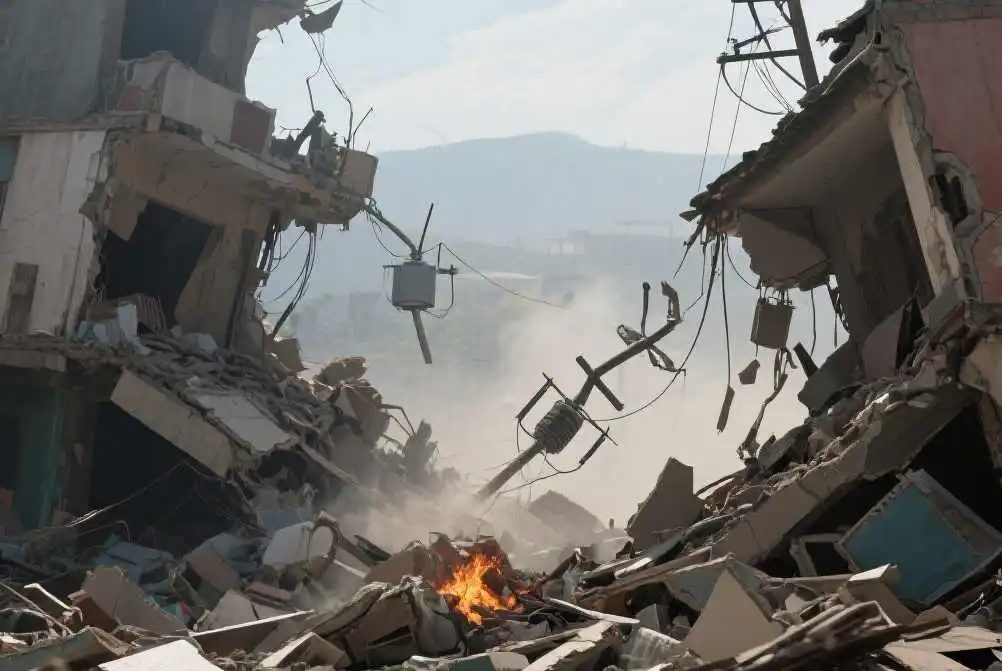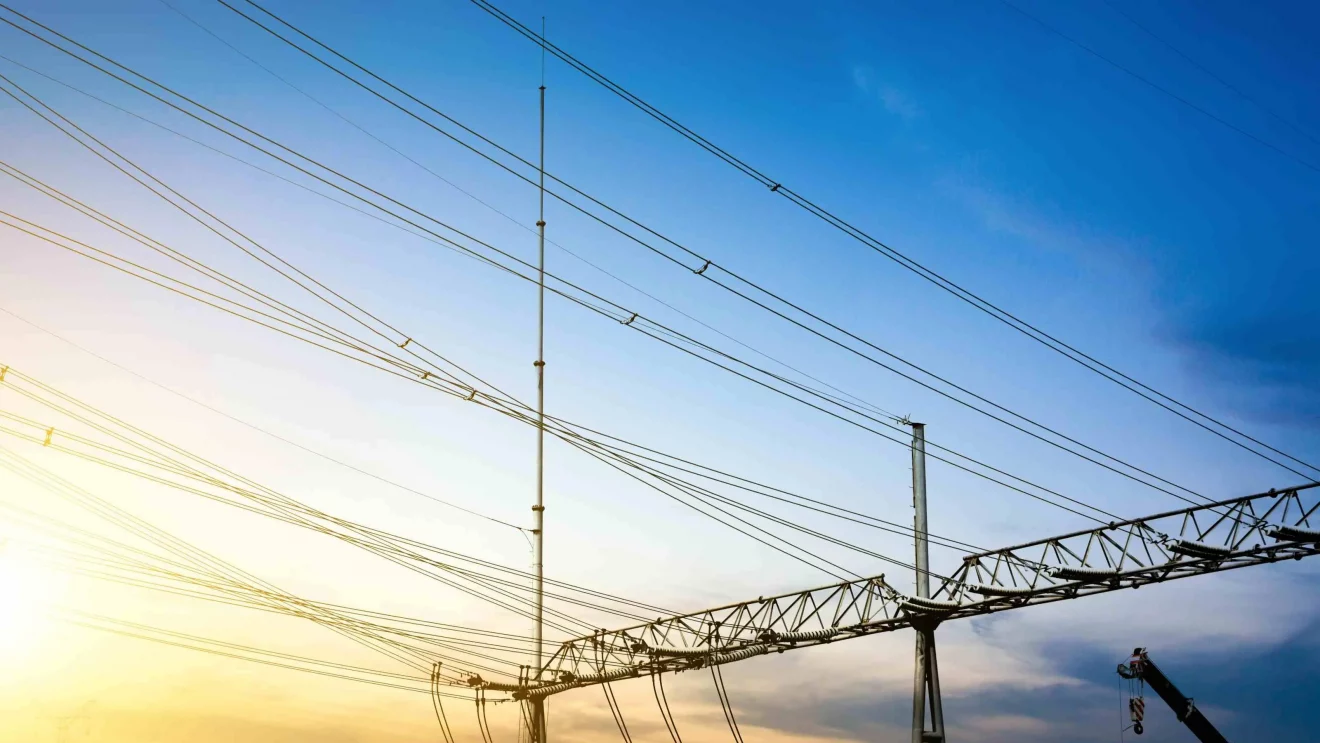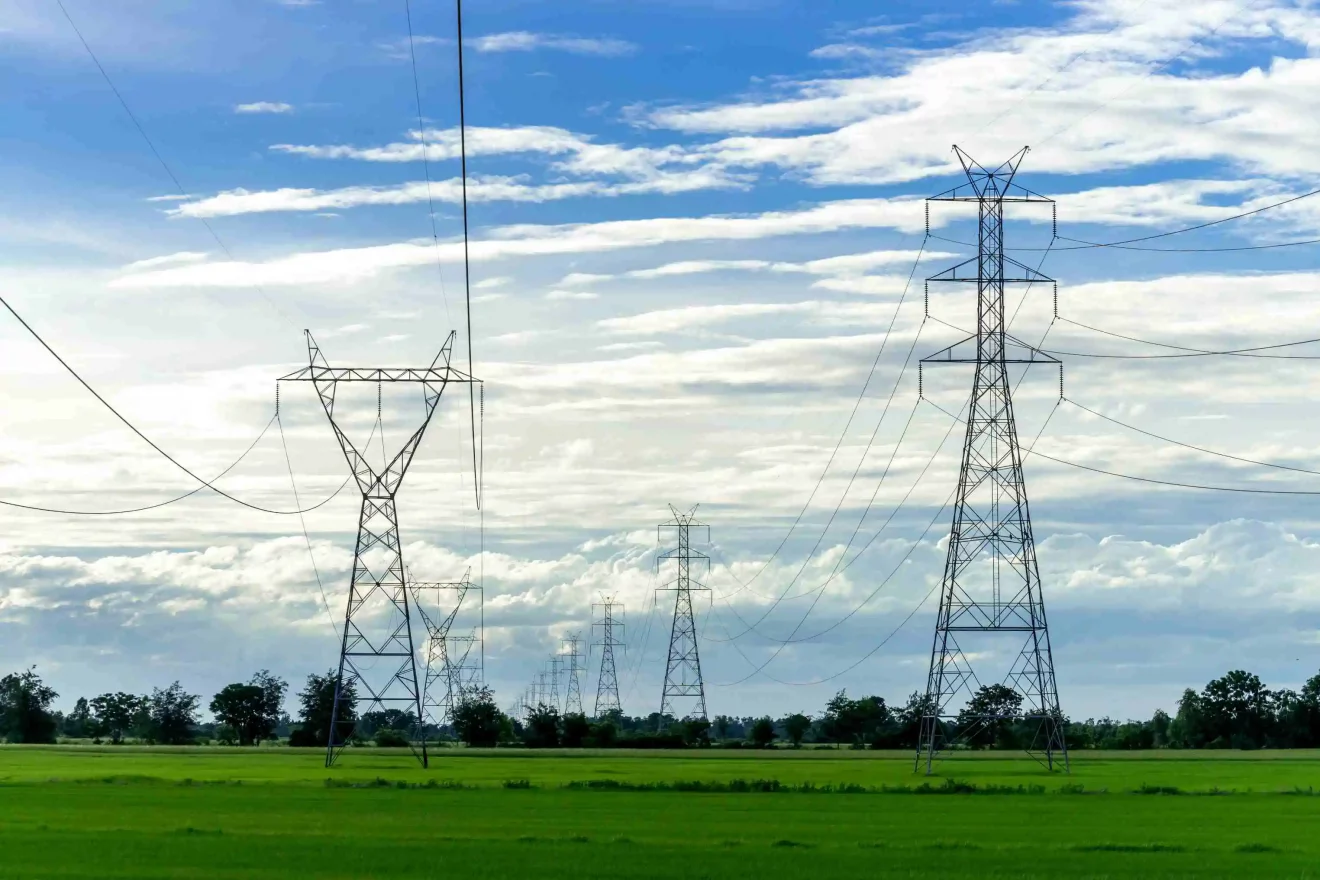Myanmar’s energy sector was already fragile, but the 7.9-magnitude earthquake has further crippled power infrastructure. Widespread damage to solar installations and electricity grids threatens to worsen the power shortage. Adopting resilient solar solutions is now critical.
The earthquake has severely impacted Myanmar’s energy infrastructure, leading to extended blackouts and damage to solar systems. This disruption may push Myanmar’s power crisis to unprecedented levels. Without urgent investment in alternative energy, industries, businesses, and households will face prolonged electricity shortages. Solar energy, particularly off-grid solutions, presents a viable path to resilience.
Why is Myanmar’s energy future at risk?The earthquake has exacerbated Myanmar’s chronic power issues. Without immediate energy solutions, economic growth and daily life will suffer.

Myanmar’s Power Landscape Before the Earthquake
Before the disaster, Myanmar already faced significant power shortages, with only 50% of the population having reliable access to electricity. The country’s aging grid infrastructure, reliance on hydropower, and political instability contributed to an unreliable energy supply. To address this, Myanmar began expanding solar power projects and encouraging foreign investment in renewable energy solutions.
How the Earthquake Has Impacted Myanmar’s Energy Sector
The earthquake damaged power plants, transmission networks, and solar farms, worsening Myanmar’s electricity deficit. Hydropower plants, a key energy source, were disrupted due to structural damage. In addition, many rooftop solar installations collapsed, forcing households to rely on costly diesel generators. This destruction has set back Myanmar’s solar energy transition and electrification goals.

Challenges for Myanmar’s Photovoltaic Industry Post-Earthquake
Myanmar’s photovoltaic (PV) industry, which was growing rapidly, now faces significant obstacles:
Damaged solar infrastructure: Many solar farms and household solar systems were destroyed.
Supply chain disruptions: Importing solar panels and inverters may become challenging due to logistical issues.
Financial setbacks: Investors may delay or cancel planned solar projects due to post-earthquake uncertainties.
To recover, Myanmar must focus on rebuilding damaged solar farms, encouraging local production of PV components, and securing foreign investment.
The Role of Solar Energy in Addressing Myanmar’s Power Shortfall
Given the vulnerability of Myanmar’s traditional power grid, solar power offers a stable and scalable solution. Key benefits include:
Off-grid solar solutions: Solar pumping systems and standalone solar inverters reduce reliance on the national grid.
Faster deployment: Compared to rebuilding large power plants, solar farms and residential solar panels can be deployed quickly.
Cost-effectiveness: In the long run, solar energy is cheaper than fossil fuel-based alternatives.
To accelerate solar adoption, Myanmar needs policy incentives, financing options, and robust grid integration strategies.

Myanmar’s Renewable Energy Outlook in the Post-Earthquake Era
The earthquake has emphasized the need for a resilient and diversified energy sector. Myanmar’s solar energy market is expected to grow as the government, businesses, and communities seek alternative power sources. By focusing on solar investments, infrastructure rebuilding, and technological advancements, Myanmar can create a more stable and disaster-resistant energy system.
Myanmar must prioritize solar energy development to mitigate future power crises. Investing in solar solutions is the key to long-term energy stability.



